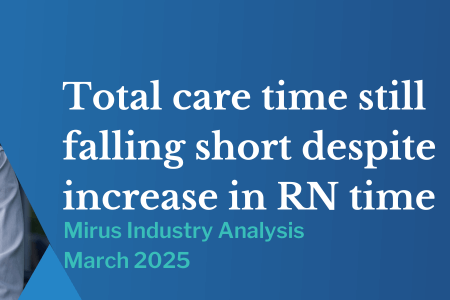Preparing for transformation: Insights into aged care legislation changes
April 10, 2024 | Aged Care Management

By Katie Airey, Quality, Risk and Compliance Lead
On 3 April 2024 the Minister for Aged Care released a statement confirming reports’ that the new Aged Care Act’s commencement date is to be confirmed (TBC). The Minister specified that the Government is taking into consideration the extensive feedback received throughout the consultation period to refine and finalise the draft legislation prior to it being introduced to Parliament.
The change to the commencement date, impacts the go-live date for;
- New Aged Care Act
- New Regulatory Model
- Strengthened Aged Care Quality Standards
- Single Assessment System
- New Accommodation Framework and
- National Worker Screening.
The Exposure draft – Aged Care Bill 2023 which was released in December 2023 for public consultation has yet to be completed, with the following sections noted as ‘to be drafted’;
Section 64, Part 4 – Prioritisation and Part 5 – place allocation
Section 130 – Chapter 4- Fees, payments and subsidies
Section 285, Part 11 – Critical failures powers
Section 362, Part 2 – Review of decisions
Along with the single set of supporting Rules
The structure and constitutional foundation of the new Aged Care Act emphasises the need for positive culture changes across the sector, with a heightened focus on continuous improvement as well as preventing substandard care.
While this delay has resulted in mixed opinions across the sector, it enables an opportunity for providers to work on their strategy in preparation for the transition. Particularly as the Strengthened Quality Standards have been finalised, with The strengthened Aged Care Quality Standards – Final draft (November 2023) having been released in December 2023.
Actions providers could be taking now
Shifting focus from what we don’t know to what we do know is key to early preparation. As we know, the strengthened quality standards have undergone extensive public consultation and are now in their final draft. Providers should begin work on analysing their organisation to determine if/where there are shortfalls in meeting the actions of the Strengthened Quality Standards. Below are five key considerations to get you started;
- Conduct a comprehensive gap analysis assessment of current organisational policies, procedures and systems to identify areas in need of improvement or transformation.
- Engage with stakeholders, including older people, their families and staff members to gather insights, collect feedback, and gain an understanding of older people’s expectations
- Develop a clear vision and set of goals for the transition project. Ensure alignment with the organization’s mission, values, and long-term strategic objectives.
- Create a detailed transformation roadmap outlining the steps, milestones, timelines, and resource requirements necessary to achieve the desired outcomes.
- Implement robust change management strategies to effectively communicate the purpose and benefits of transitioning to the strengthened quality standards to all stakeholders, address concerns, mitigate resistance, and foster a culture of continuous improvement and innovation within the organisation.
Excellence in governance is at the core of providing high quality care. The Department of Health and Ageing along with the Aged Care Quality and Safety Commission are committed to ensuring culture change across the Aged Care Sector. Therefore, providers who take a proactive approach to embrace change and work towards transformation can lead the way in providing support and services that benefit not only the strategic direction of the business, but also their workforce and the older Australia’s they provide care and services for.
Now is the time to act. At Mirus Australia, through our Aged Care Reform Transition Support, we have been helping providers ranging from single facilities to large-listed organisations to manage the complexities of the aged care reform agenda, demonstrating an understanding of the diverse operating models and structures across the spectrum. To ensure a smooth and successful transition, now is the time for providers to start taking action.


